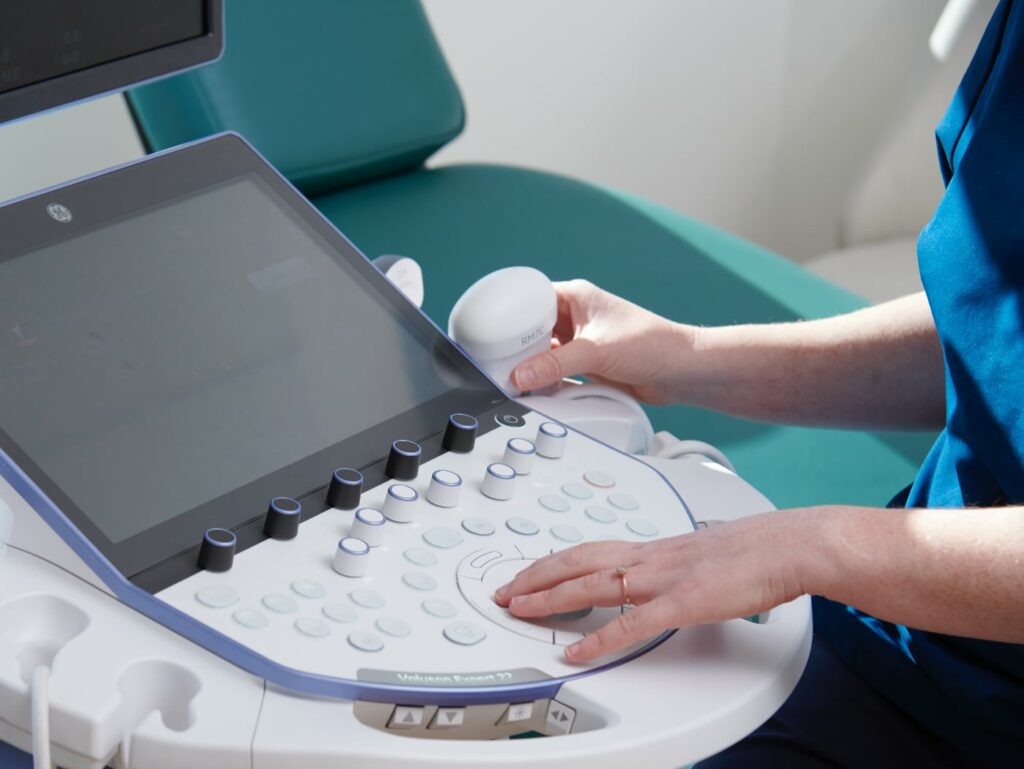At Sound Start, we offer comprehensive pelvic ultrasound services to assess the health and condition of the pelvic organs. This non-invasive imaging technique is crucial for diagnosing a wide range of gynaecological conditions.
Our experienced team of sonographers and specialists uses the latest ultrasound technology to provide accurate and detailed assessments, ensuring you receive the best possible care.

A pelvic ultrasound is a diagnostic procedure that uses high-frequency sound waves to create images of the organs and structures within the pelvis. It is commonly used to evaluate the uterus, ovaries, fallopian tubes, bladder, and surrounding areas. The procedure is safe, painless, and does not involve radiation, making it an ideal choice for both routine screenings and detailed investigations.
Types of Pelvic Ultrasound
At Sound Start Sydney, we offer two main types of pelvic ultrasound:
If the pregnancy is complicated by placental insufficiency- evidenced by blood pressure issues in the pregnant woman, or by growth restriction in the foetus- we are the place to come to for ongoing surveillance. As advisors to obstetricians in some of the major tertiary hospitals in the city, we are best placed to offer tailor-made advice re: management of the pregnancy to yourselves and to your obstetricians.
Conditions Diagnosed with Pelvic Ultrasound
Pelvic ultrasound is a versatile tool used to diagnose and monitor a variety of conditions, including:
Our team is dedicated to providing a supportive and informative experience, ensuring you feel at ease throughout your ultrasound procedure.
